NEWS
- HOME
- Announcement list
- What is the appeal of the Ohara Museum of Art? Explaining the highlights!
What is the appeal of the Ohara Museum of Art? Explaining the highlights!
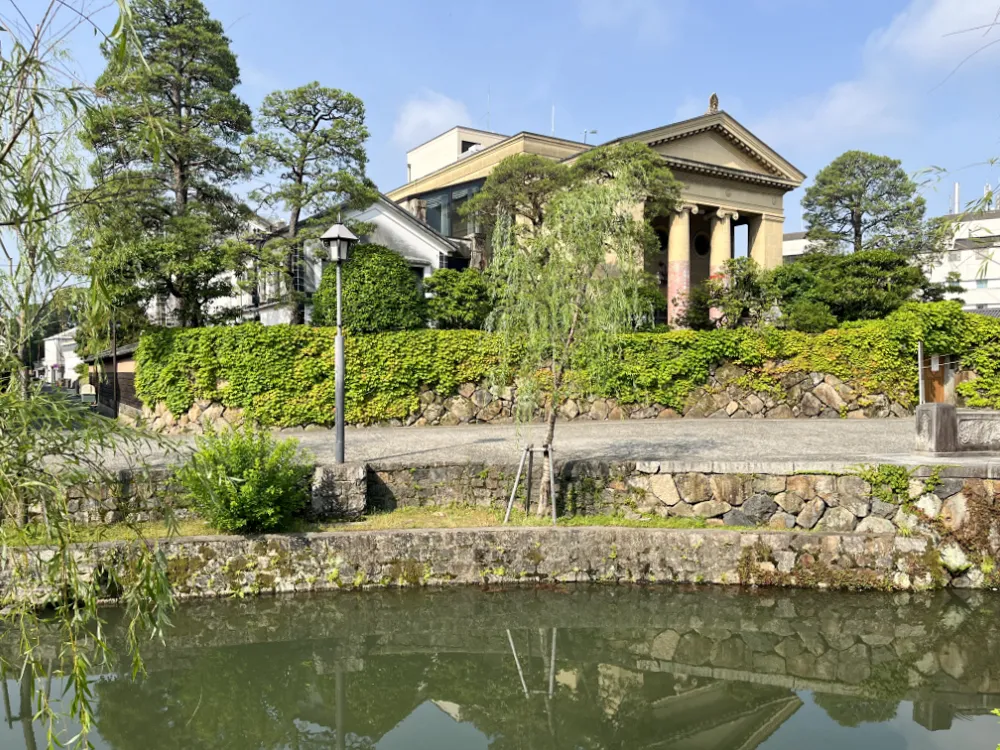
Overview of Ohara Museum of Art
The Ohara Museum of Art was established in 1930 by Kurashiki businessman Ohara Magosaburo as Japan's first private museum focusing on Western art. It consists of a main building, an annex, and a Crafts and Oriental art gallery, and houses and exhibits approximately 3,000 works from across countries and eras, including masterpieces of Western art, as well as Japanese Western paintings, sculptures, and crafts. The outstanding works at the Ohara Museum of Art were collected by Western-style painter Kojima Torajiro. Ohara Magosaburo recognized Torajiro's talent and character, and financially supported his three studies in Europe, and also agreed to Torajiro's proposal to collect Western art works. He founded the museum to display these works, as well as Torajiro's own works.
The main building, with its iconic exterior resembling an ancient Greek or Roman temple, has retained its appearance since it first opened, and the design by the architect who designed it, Yakushiji Kazue, shines through in its outstanding design sense. After the war, the Ohara Museum of Art expanded its collection under Ohara Magosaburo's son, Soichiro. Following the collection of works by Soichiro, who was succeeded by Kojima Torajiro, the Ohara Museum of Art's collection came to include both Western art and modern Japanese art.
Highlights of the Ohara Museum of Art Main Building
We will introduce some of the highlights from the many wonderful works on display.
El Greco "The Annunciation"
The Annunciation has been depicted countless times throughout the long history of Christian art.
El Greco depicted a dramatic scene in which the Holy Spirit's dove descends with a flash of light in the midst of deep darkness, and the angel and the Virgin Mary face each other with a tense look on their faces. It is said that the work in Japan is a miracle.
Monet's Water Lilies
Among the many Water Lilies, this is one that Monet kept for a long time without selling. It depicts the water lilies in the garden of his Giverny home, and has a soft, misty feel. There is also a pond in the courtyard of the Ohara Museum of Art, where colorful water lilies that were cut from the Giverny pond in 2000 are blooming.
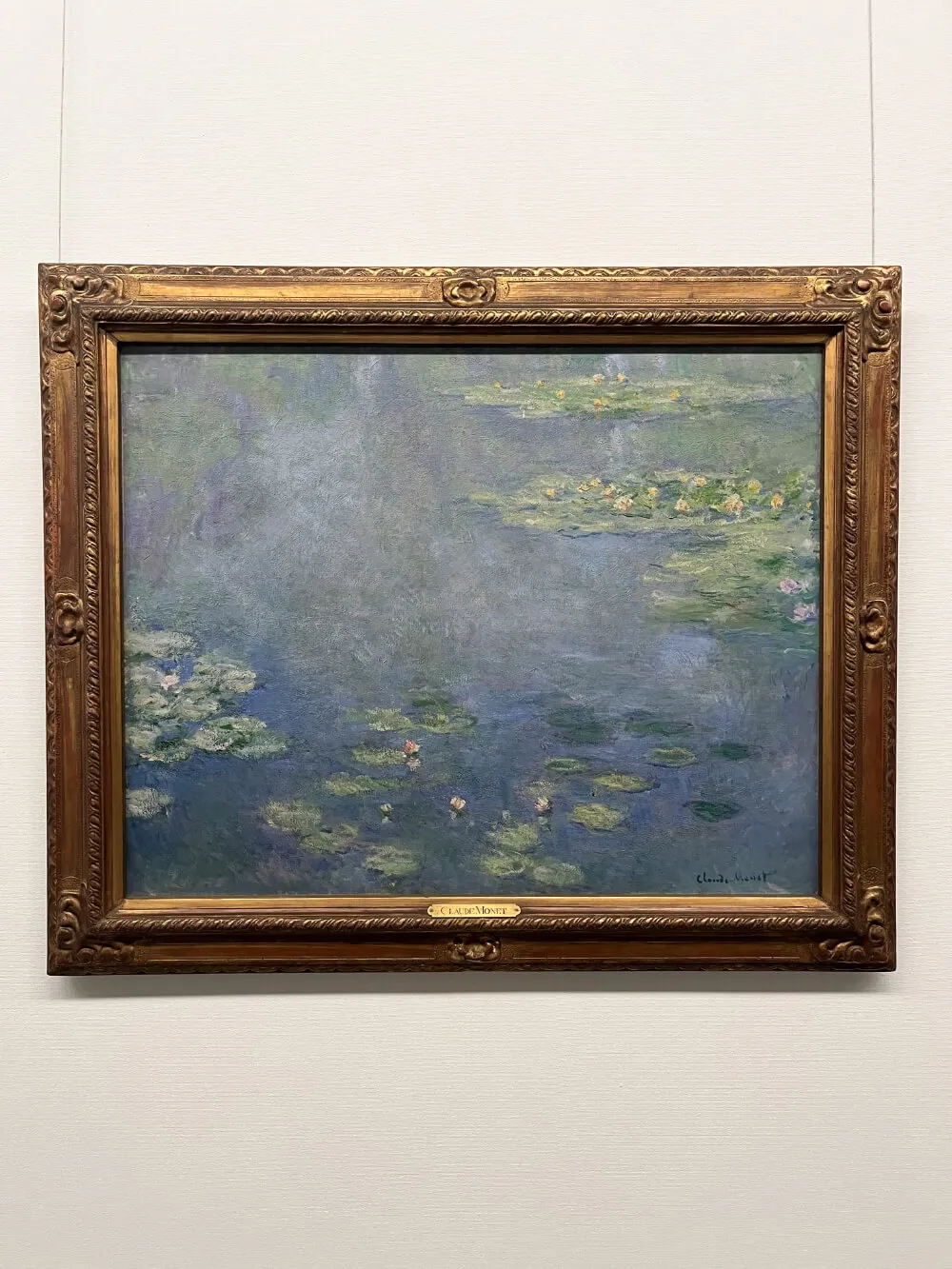
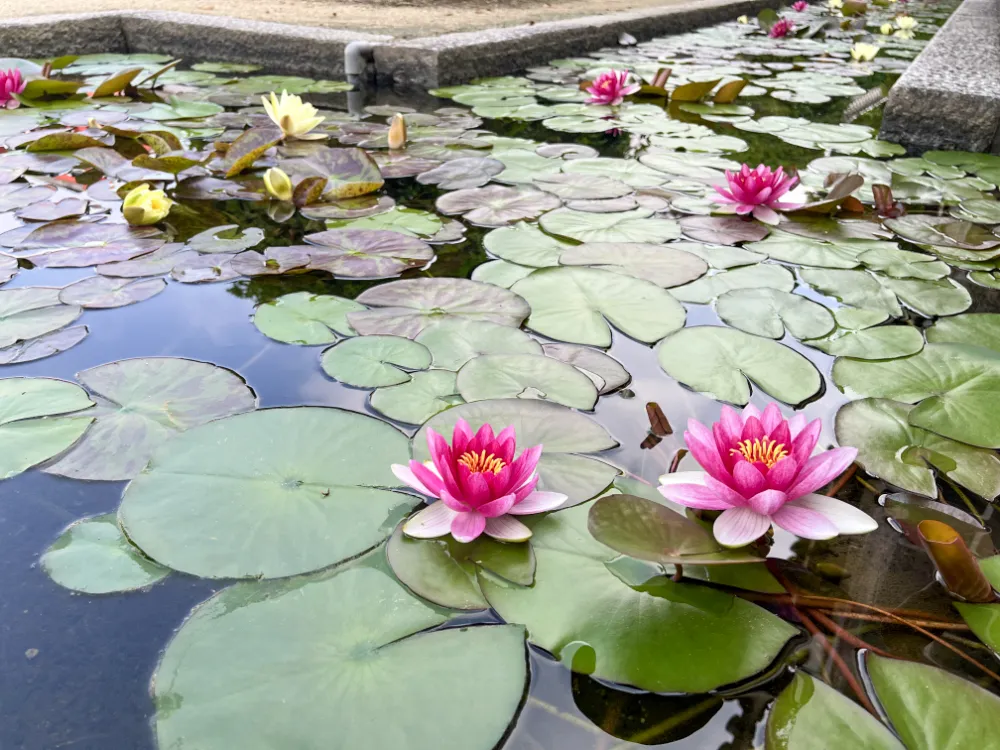
*Photo taken with permission
Segantini "Midday in the Alps"
Segantini moved to Switzerland in 1886. It is said to have been painted in Savognin, canton of Graubünden. The painting is made up of delicate touches and uses gold in places, which is said to represent divinity.
Highlights of the Ohara Museum of Art Annex
Shoji Sekine "Sorrow of Faith"
Sekine, who was almost entirely self-taught in painting, showed a strong interest in the Christian worldview.
This work is said to be a pictorial depiction of a vision the artist had after suffering a nervous breakdown, but there is still no agreed upon interpretation.
In 1918 (Taisho 7), Sekine won the Chogyu Prize, a gateway to success for young artists, with this work, but died prematurely the following year from the Spanish flu.

*Photo taken with permission
Highlights of the Ohara Museum of Art's Crafts and Oriental Gallery
You can see crafts such as pottery and prints, as well as antique Oriental art. The artworks are all wonderful, of course, but what you should pay attention to is the floor. It's actually made of chestnut wood, and makes a clicking sound when you walk on it. It's shiny and shining thanks to the wax that has been applied carefully over the years, and it shows the excellent facility management of the Ohara Museum of Art.

*Photo taken with permission
How to enjoy the Ohara Museum of Art
Facing the main building entrance, Rodin's "The Burghers of Calais" stands on the right and Rodin's "John the Baptist" stands on the left. You can take photos outside the building, so everyone is taking commemorative photos here. There is a large stone around the main building to the right from where "The Burghers of Calais" is located. It is said that this was actually the base of an old Rodin statue.
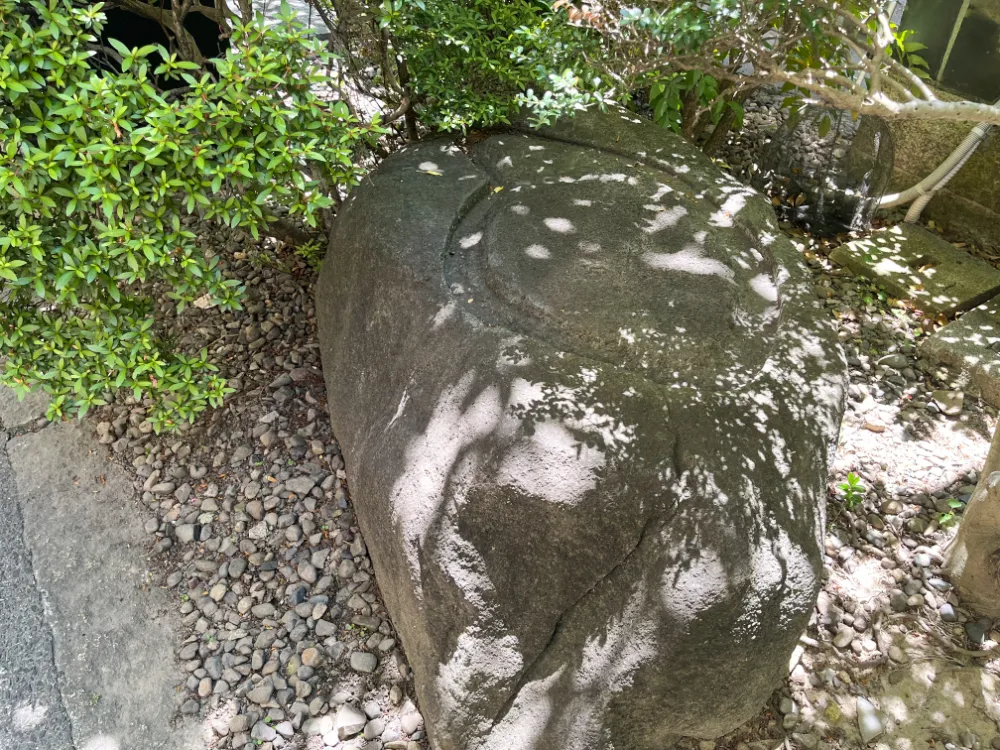
About the Ohara Museum of Art Museum Shop
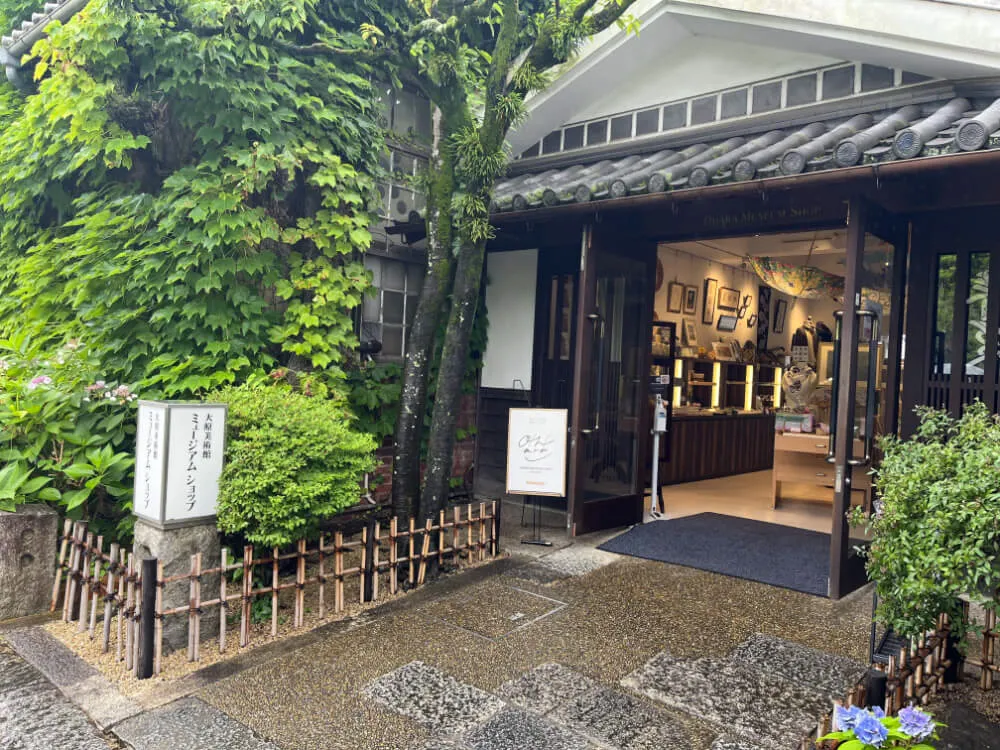
The Ohara Museum of Art has a museum shop. It has a wide selection of attractive items that can be used as souvenirs, as well as mementos of your visit to the museum. If you visit the shop after visiting the museum, you'll find many things you'll want. In addition, even if you are not a visitor to the museum, you can enter and shop at the Ohara Museum of Art's museum shop.
Opening times
10:00AM~5:15PM
*May vary during winter and depending on conditions
Details of Ohara Museum of Art
Opening hours
December to February 9:00 to 15:00 (last entry 14:30) March to November 9:00 to 17:00 (last entry 16:30)
Closed Days
Every Monday (open on public holidays and substitute holidays)
*Please note that the museum may be closed temporarily due to changing exhibits, etc. For details,Museum websitePlease visit
Admission fee
(Common to the Main Building, Crafts and Oriental Art Gallery, and Kojima Torajiro Memorial Museum)
Adults: 2,000 yen; High school, junior high school, and elementary school students (those under 18 years old): 500 yen
1-1-15 Chuo, Kurashiki City, Okayama Prefecture, 710-8575 TEL: 086-422-0005
*Photography is normally prohibited inside the building, so we obtained permission to take these photos.

